Sainsbury’s set for public inquiry battle over 500-home regeneration
Supermarket giant Sainsbury’s has secured a planning inquiry into blocked proposals to regenerate one of its east London branches with a huge Unit Architects scheme featuring a 28-storey tower.
The hearing is expected to take place in October and will re-examine the case for the eight-block, 559-home development which Tower Hamlets council rejected in May last year. The scheme would also have delivered a new 11,200sq m supermarket and learning centre, as well as new public realm.
The inquiry will report to the secretary of state for housing, communities and local government – currently Sajid Javid – who will decide on its acceptability, based on the advice of a planning inspector. The hearing, expected to take 10 days, will also consider a revised tower-less version of the Whitechapel proposals, also drawn up by Unit, which would contain 471 homes in eight blocks of up to 14 storeys, plus a new store and underground car park, on the 3.1ha site.
Sainsbury’s is appealing this lower-rise version on the grounds of non-determination, as Tower Hamlets has taken longer than the officially prescribed timescale to issue a decision on the scheme.
The supermarket’s current Whitechapel store has already been reconfigured to allow for construction work on Crossrail to take place on its former car park – immediately north of David Adjaye’s Whitechapel Idea Store. The new battleground is what happens to the site after infrastructure work is complete.
The tower-led proposals originally featured a 33-storey block as the totem building for the site’s regeneration. But even the downsized version was rejected because of the “substantial harm” it was expected to cause to the setting of the nearby Trinity Green Almshouses, which are grade I-listed.
In 2016, government heritage adviser Historic England threatened to ask the then communities secretary Greg Clark to call in the tower proposals for ministerial determination if Tower Hamlets approved them, so fearful was it of their impact on the 17th-century almshouses.
Other reasons for the overall scheme’s refusal included: its general impact on the Stepney Green Conservation Area; “less than substantial harm” to the nearby grade II-listed Albion Brewery entrance building; and loss of light to nearby homes in low-rise council blocks.
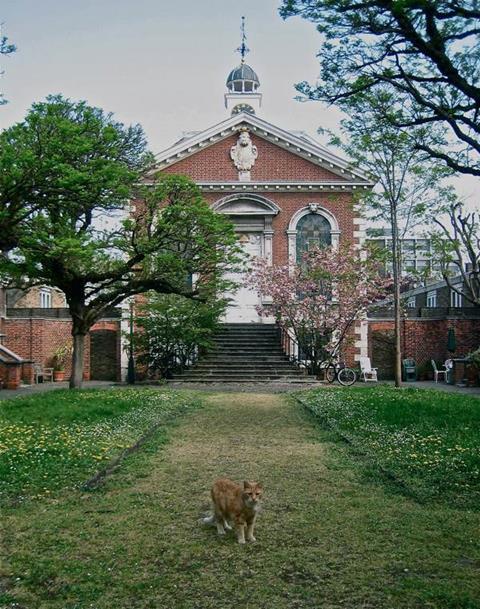
At their meeting later this week, members of Tower Hamlets strategic planning committee will be asked by their officers to issue a shadow refusal for the revised tower-less scheme. This is a procedural matter since the application has now been taken out of their hands.
The advice to reject it is based on: 17.5% level of affordable housing proposed for the scheme being considered unacceptably low; the scheme’s impact on the Albion Brewery site; and the same loss-of-light issues related to the predecessor scheme.
Planning officers acknowledged that Sainsbury’s latest proposals would have public benefits, including the provision of new retail space and homes, but it said they had failed to demonstrate that the scheme provided the maximum amout of affordable housing that could reasonably be provided.
“The Mayor of London’s stage 1 referral report describes the affordable housing offer as ‘wholly unacceptable’,” they said.
“The figure of 17.5% falls significantly below the development plan policy requirements for 35-50% affordable housing provision.”
The first incarnation of the scheme had proposed a 25% affordable housing ratio.
A Sainsbury’s spokesman said the business had been serving customers in Whitechapel for 25 years and wanted to continue investing in the area’s future.
”We were disappointed our original plans were refused, as they would have driven regeneration in the borough, and provided a new modern store, affordable housing and 400 jobs for local people,” he said.
“Despite this we submitted a new scheme in June 2017, reducing the height of the tower by 20 storeys but still maximising the benefits we would be able to bring to the local community.
“Unfortunately Tower Hamlets council has refused to make a decision on our application within the statutory period and there is no clear evidence they are willing to do so in the near future.
“We have now appealed and referred both schemes to a planning inspector.”


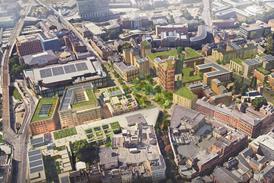
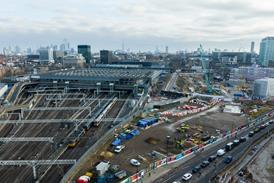
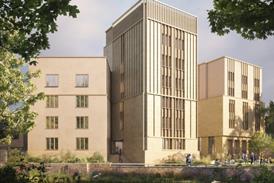





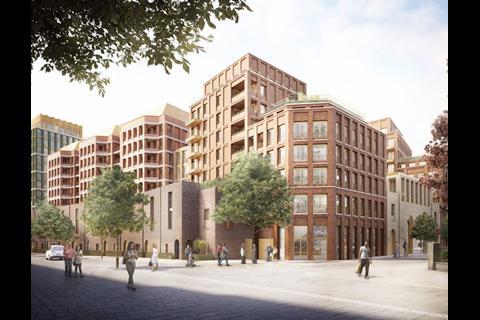

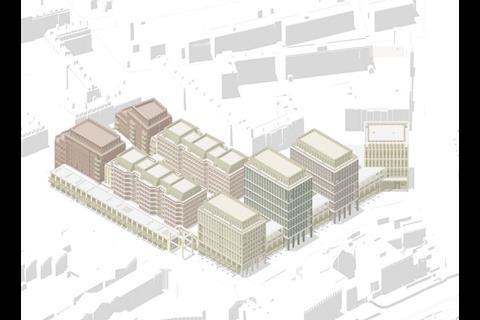

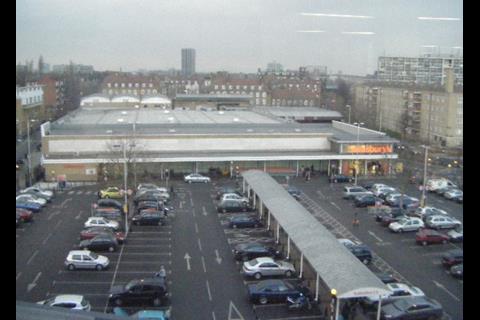
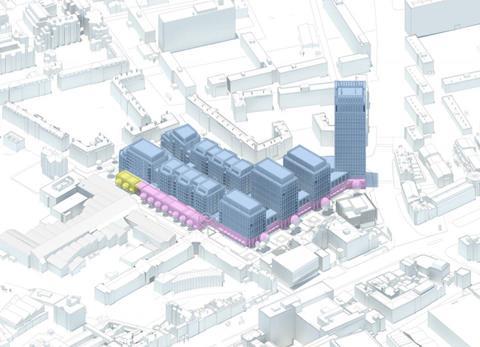






5 Readers' comments